Virtual Reality Concepts
These are excerpts from VR and AR concepts that I developed at Lightshape. For our clients, I came up with VR/AR concepts and visualized them using drawing and photo montage. Some concepts were later turned into VR apps.
Clients displayed include Porsche, Tesla, 4safety, the International Garden Exhibition and the city of Bielefeld.
Role |
Designer (UX, UI and Art) |
For |
Porsche, Tesla, IGA, Bielefeld City, 4safety, Lightshape |
Date |
2023 – 2024 |
VR Concept – Porsche
I used storyboarding to help Porsche develop a VR concept for the Apple Vision Pro centered around Porsche’s hypercar Mission X.A small portion of the VR storyboards can be seen below.
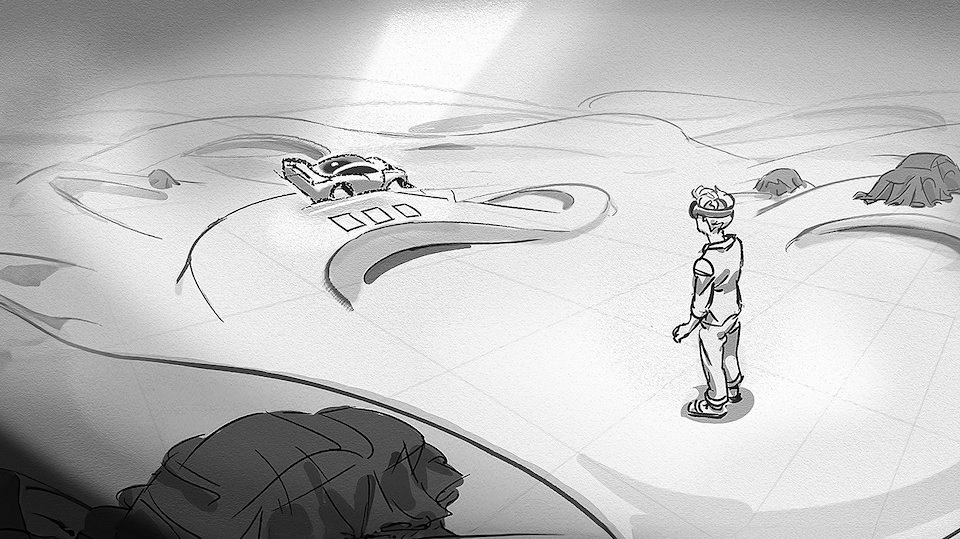
Above: The key visual for Porsche's VR concept.
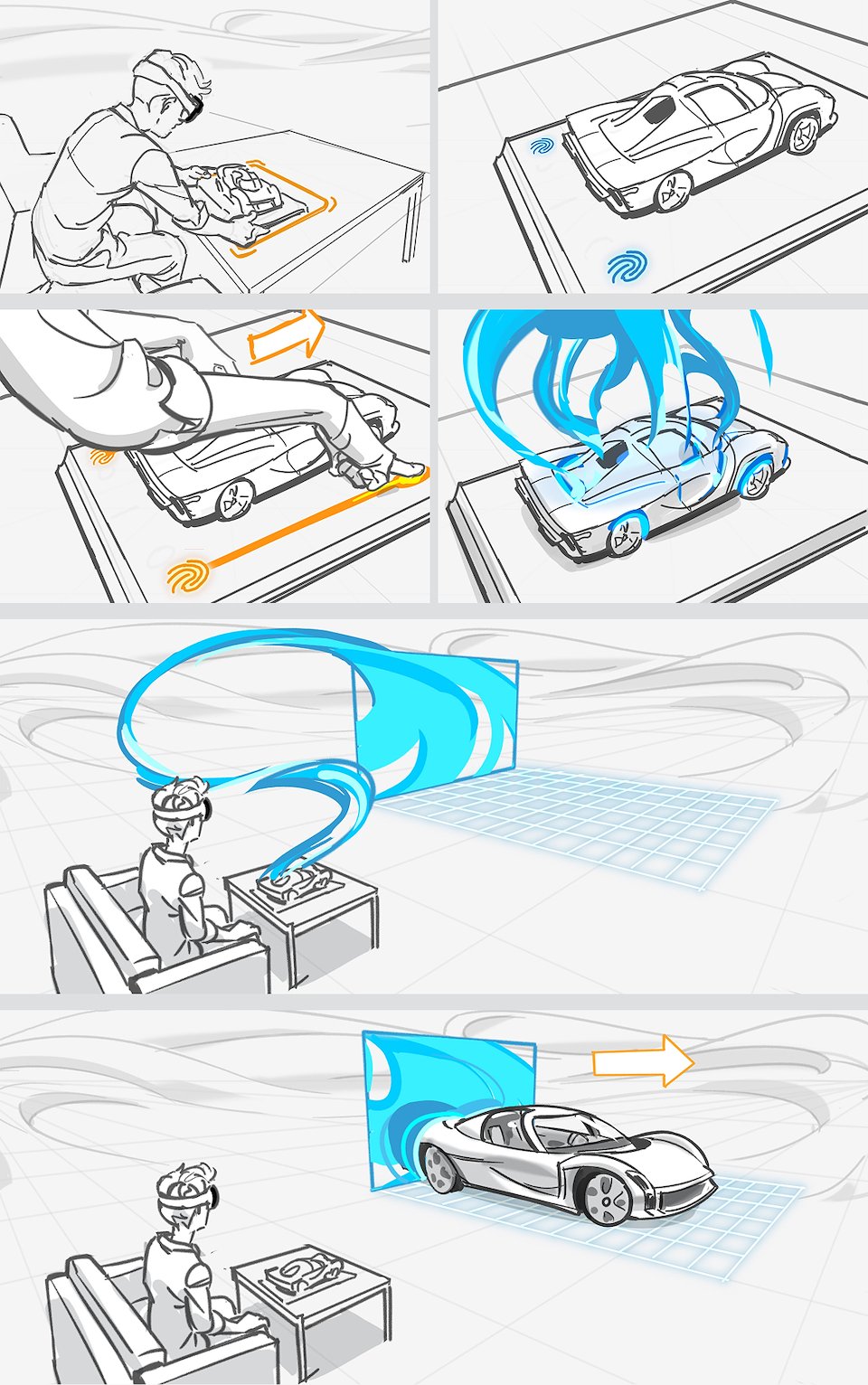
Above: Small outtake of the storyboard.
VR Concept – Tesla
Tesla commissioned Lightshape to create a VR experience for IdeenExpo in Hannover. We conducted a series of short workshops to generate different ideas and narrow down on a single concept. After each workshop, I drew storyboards that visualized key ideas from the session. This was the first project in which I noticed that storyboarding is an excellent way to prototype the big picture of a VR app. This is particularly true when communicating with clients who struggle to envision the final product.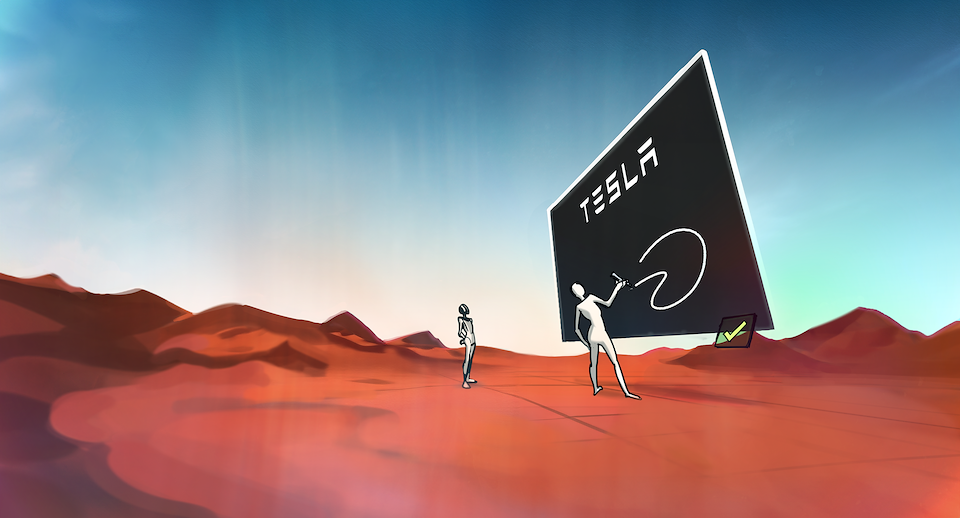
Above: Key visual for Tesla's VR trade fair concept.
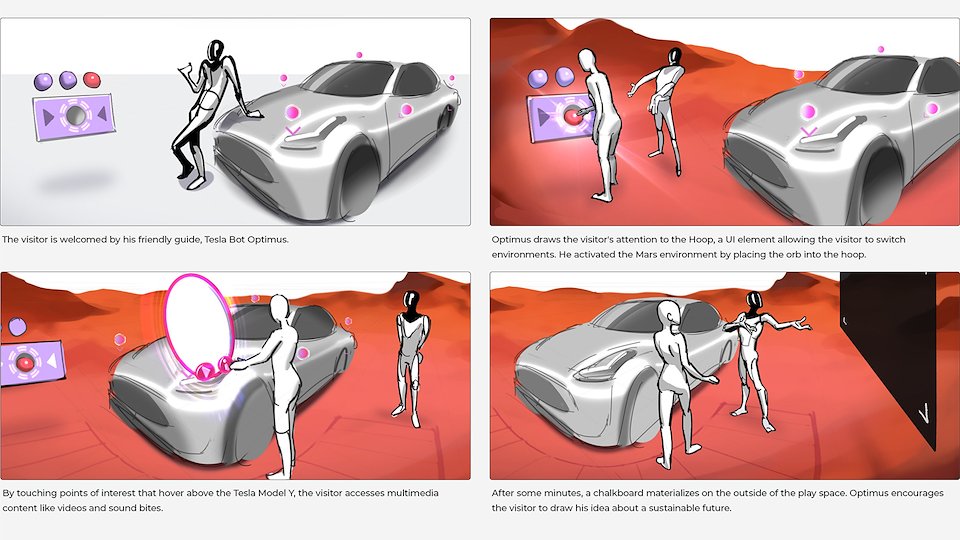
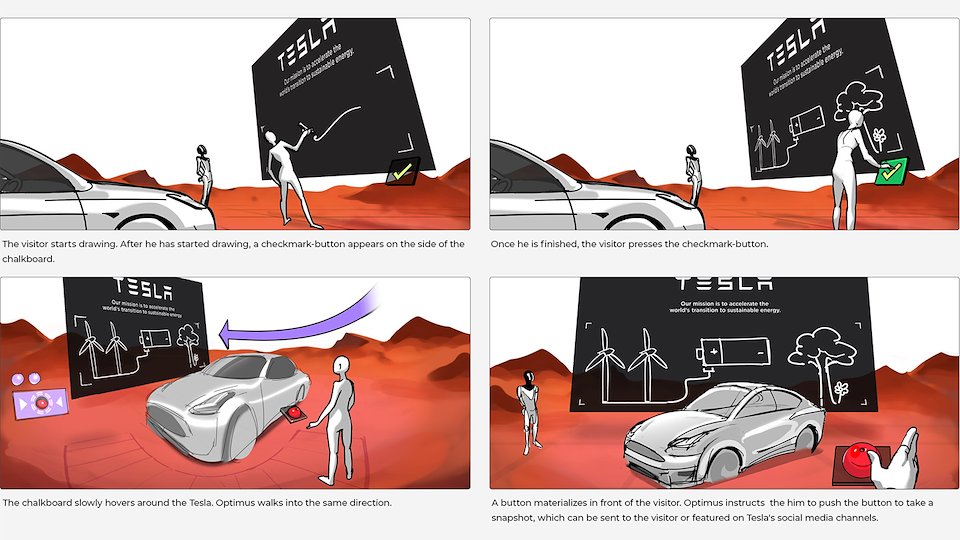
Above: An excerpt from the storyboard.
VR Training – 4safety
The VR app SAFEA allows up to five players to enter a virtual training environment. There they learn work safety regulations in a playful manner, take tests and challenge each other to achieve high-scores.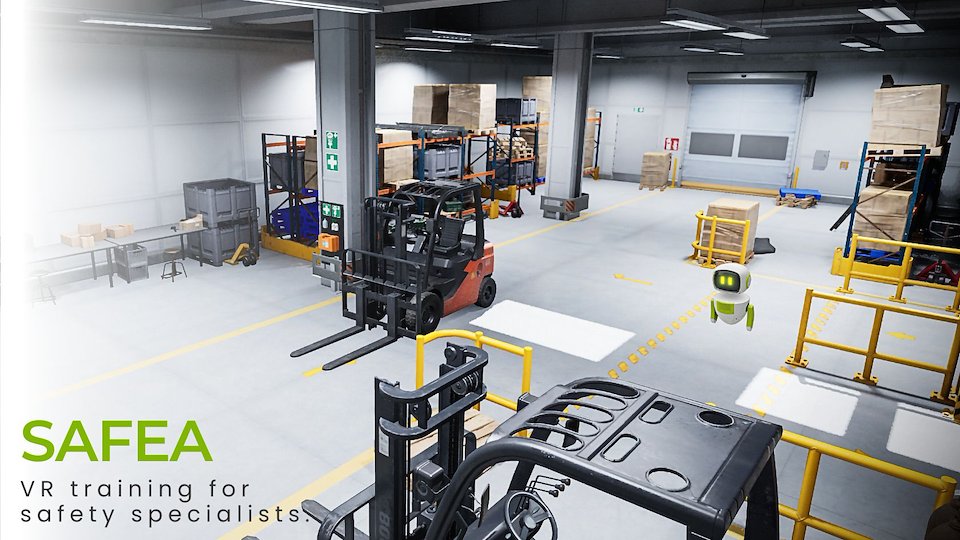
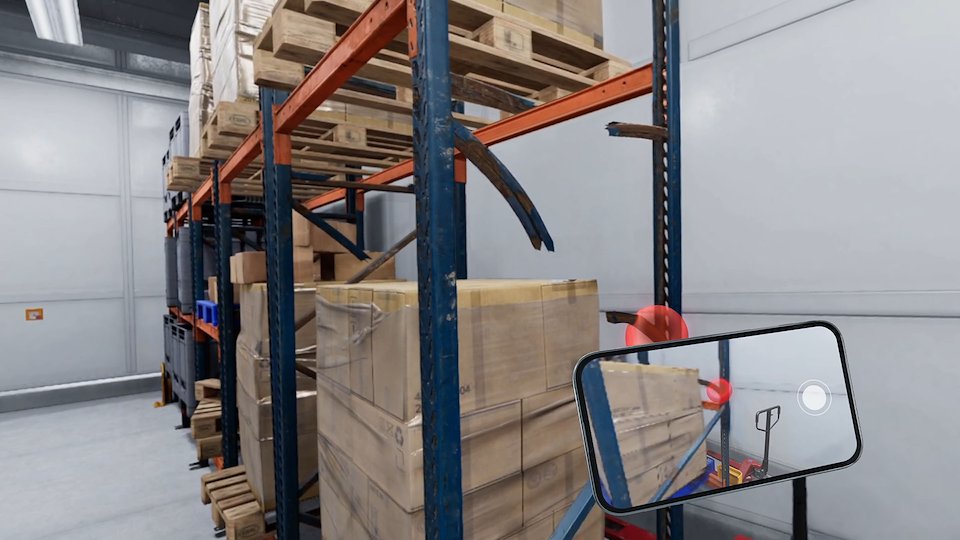
Lobby concept
The lobby is a place where users can wait between training sessions. It has two main areas: a fun zone with games that help users practice the controls, and a portal area where users can choose different training environments to enter either by themselves or with teammates.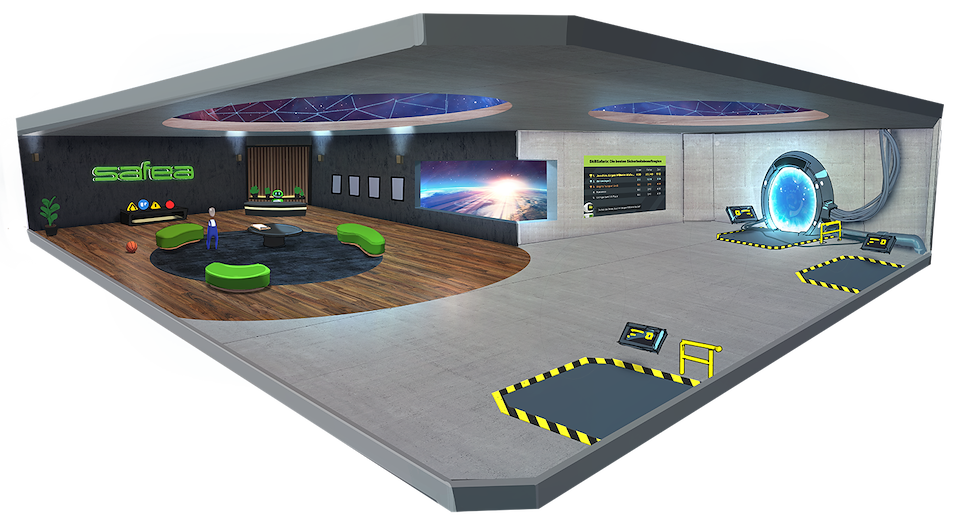
Diegetic UI
In the lobby, the players use screens to set options for the training sessions they would like to enter.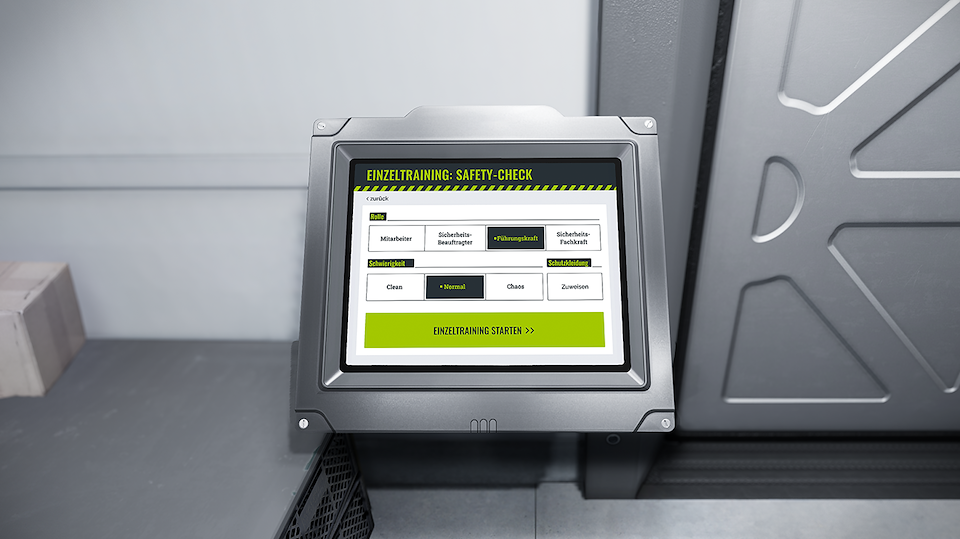
Robot companion
The robot buddy helps answer the player's questions and acts as a funny sidekick. Sometimes, he will make jokes about what's happening in the VR space or cheer the player on to finish tasks. The players can press on the robot to activate hints helping them to identify any safety violations they may have missed.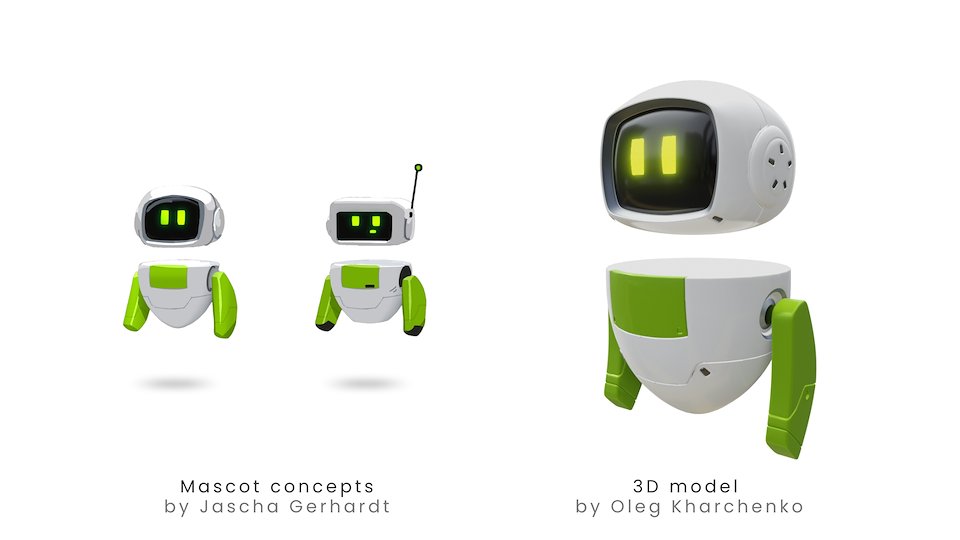
Mixed Reality meet Land Art – International Horticultural Exhibition
This Mixed Reality concept for a German horticultural show (IGA) consists of several stations that combine land art and AR elements.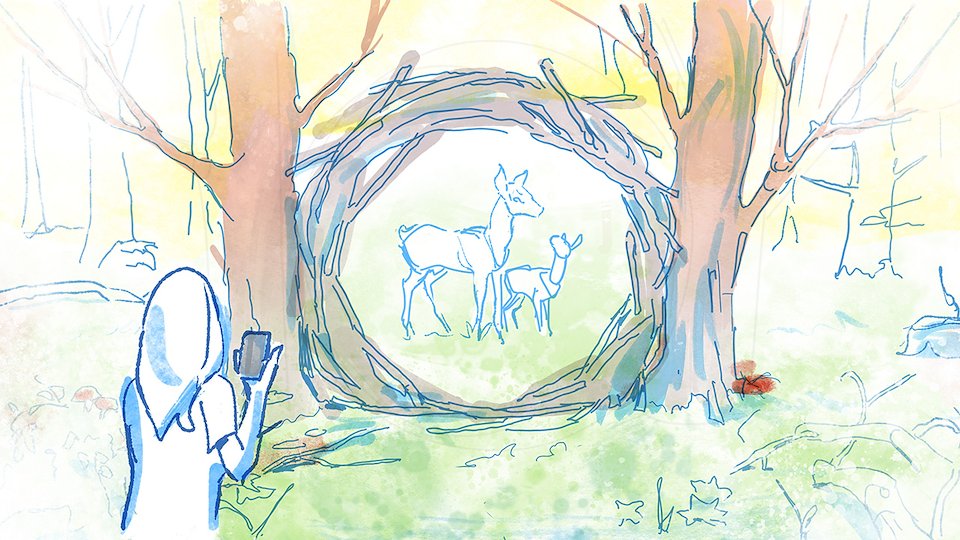
Visitors to the horticultural show can discover real-life portals in the Ruhr area (Germany). For every portal found, points are collected that can be used to get vouchers for local cafés and shops.
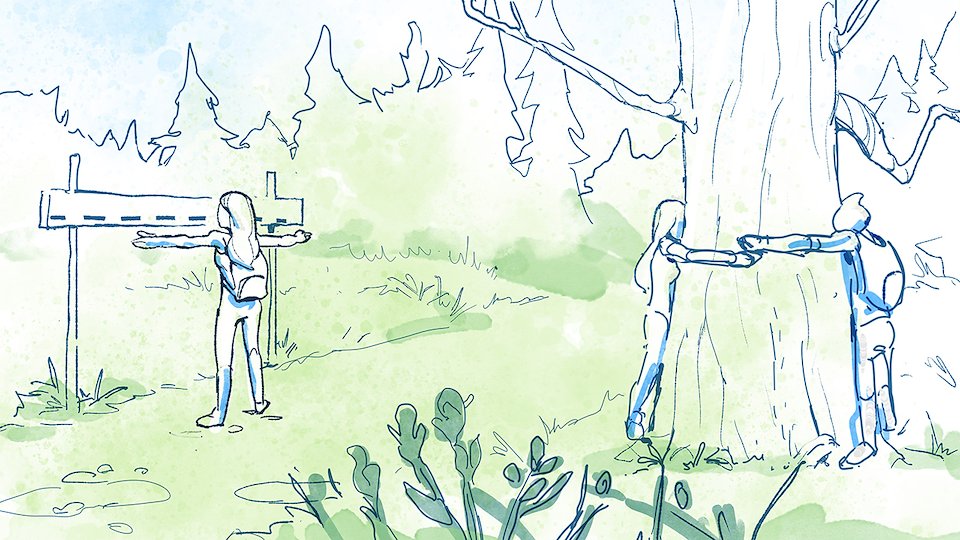
Some stations contain quizzes (like the circumference of a tree) that visitors can solve.
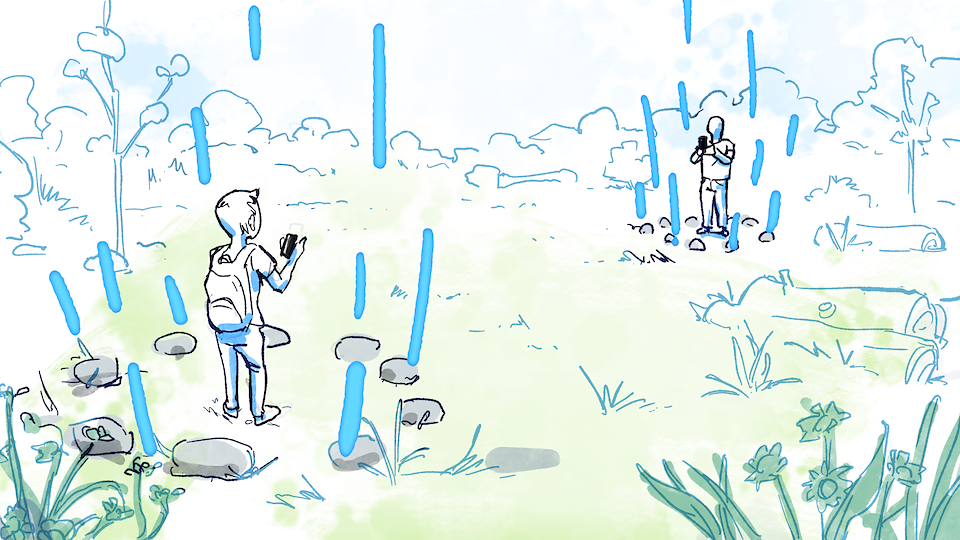
Some geolocations can be used by visitors to play games together or trade digital assets.
Digital Twin – City of Bielefeld
We came up with ways that digital technology can be used to drive civic engagement in Bielefeld's urban renewal projects. I used storyboarding to plan out the journey a citizen takes when participating in different aspects of urban renewal. For example, the storyboard below shows a citizen making decisions about the design of a playground.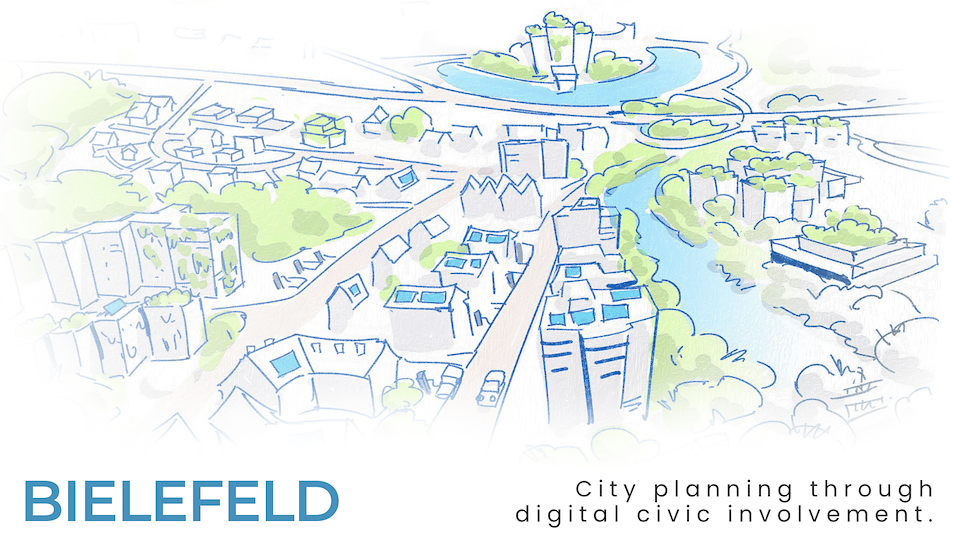
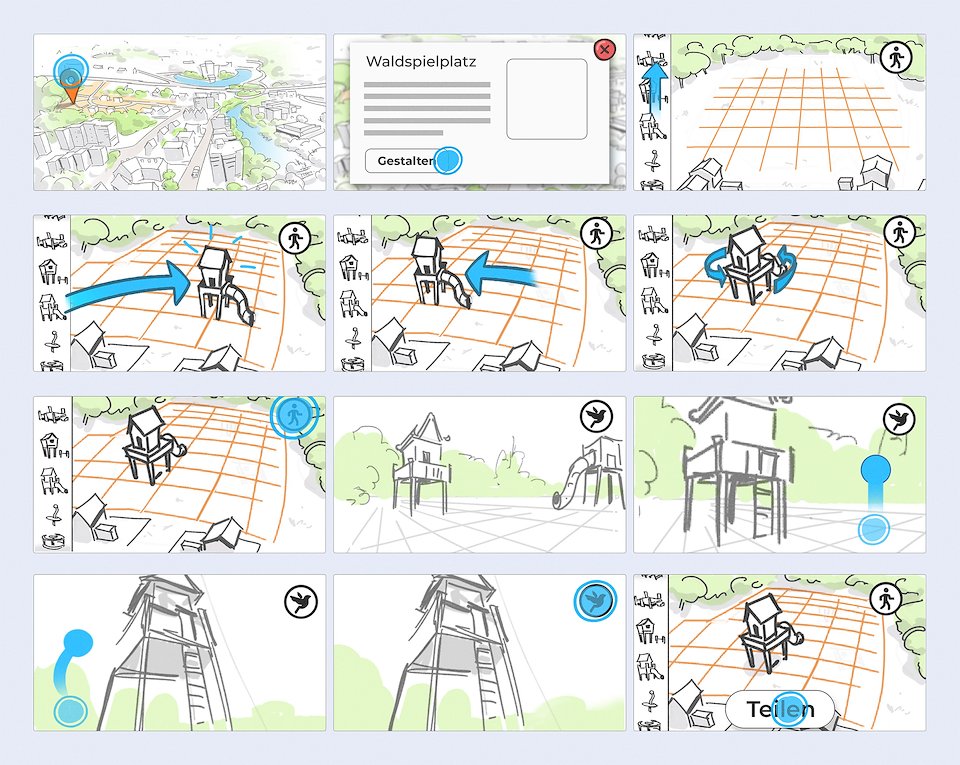
VR Online Exhibition Concept – Lightshape
In this experimental project at Lightshape, we developed a VR product showroom for manufacturing companies. Our goal was to use this practical use case to dream up novel ways of prototyping for VR.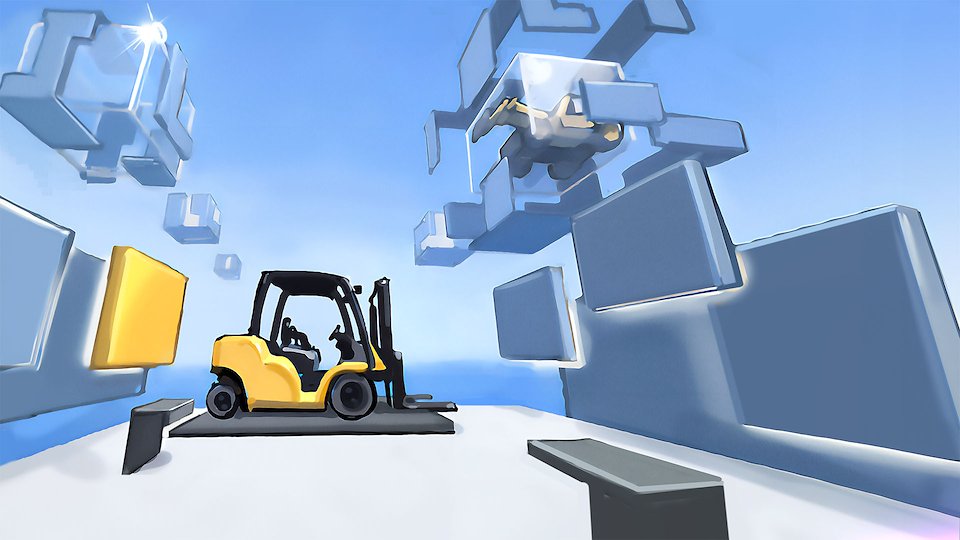
Use case
Over the years, Lightshape had been approached by various manufacturers of industrial equipment. They were looking for customizable virtual showrooms at a low price tag. Others were interested in hosting virtual conventions with thousands of visitors. In response, we aimed to develop an easily scalable 3D design system capable of creating both small and large showrooms. Every showroom could contain one or more products. And several showrooms could be placed next to each other in 3D space. We included two options to navigate the showrooms: The first using a first-person view similar to a video game. The second using a birds-eye view of all showrooms.Idea sketches
I created so-called parti, sketches that represent the core idea of the showroom. Modularity, scalability and customizability were the most important criteria I strove for in the design.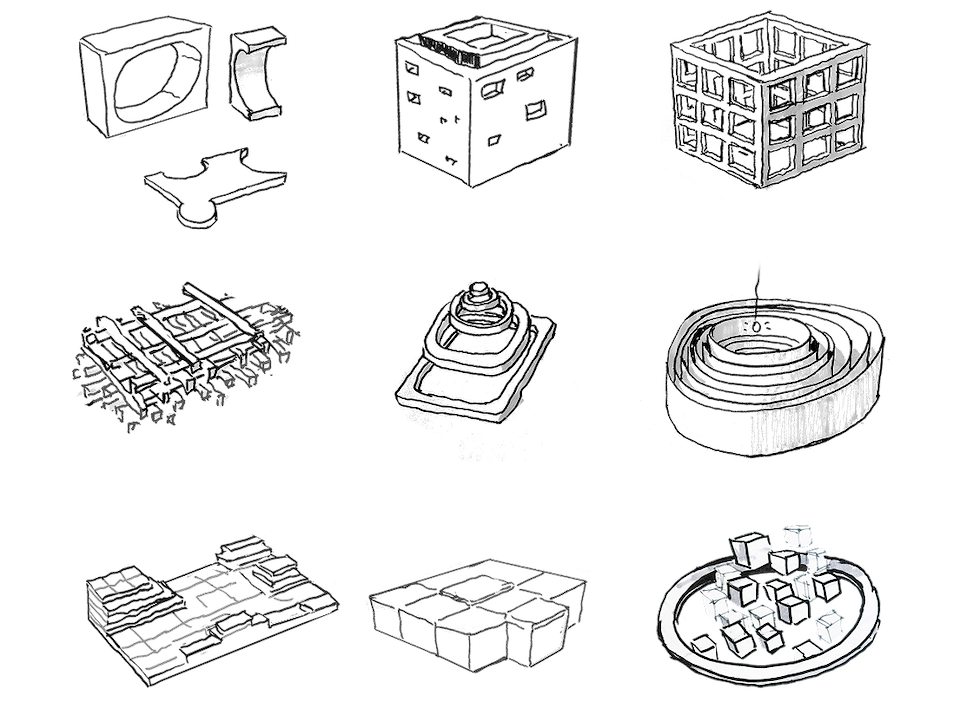
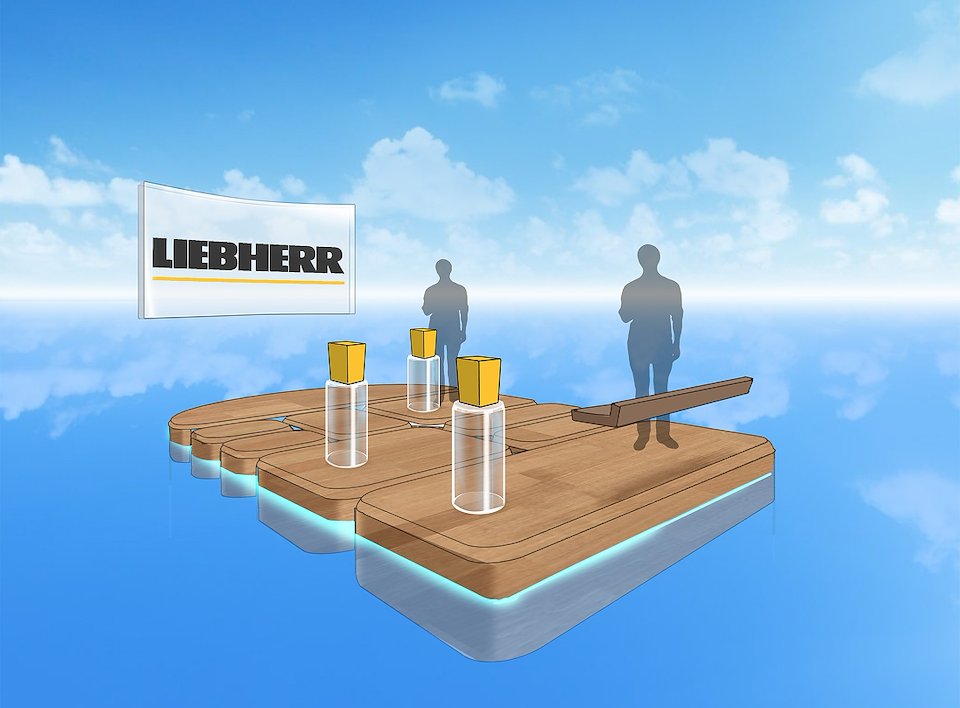
Panoramic Painting as a low-fidelity VR prototyping method
I tested a panoramic painting approach to sketch a showroom environment quickly. In under an hour, the basic form language and proportions of a VR space could be established. Using a 3D viewer or VR headset, team members and clients alike can test the overall look and feel of the application. This workflow could in the future be augmented using AI technology to create photo-realistic environments quickly. Sketching will still be useful to direct the Generative AI model together with verbal instructions.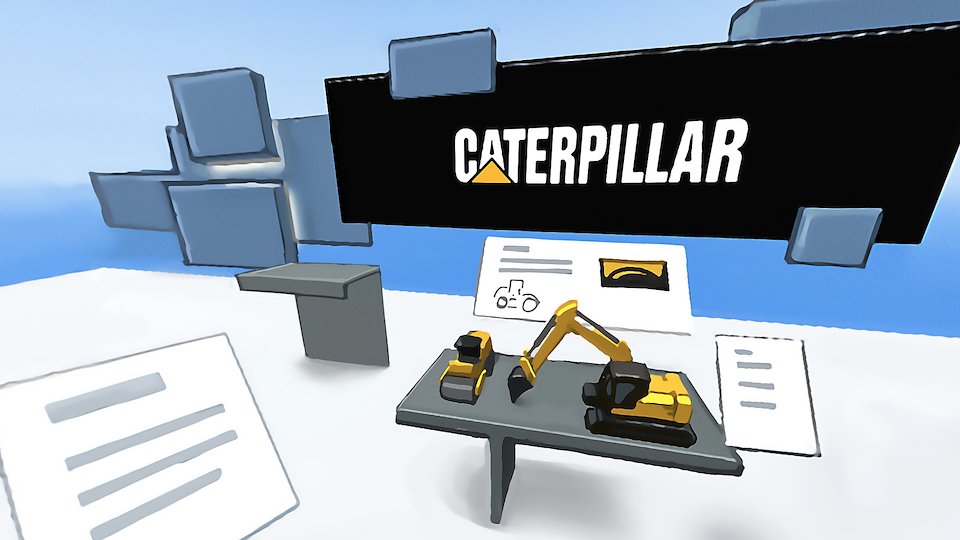
Above: Screenshots of the painted prototype after 4 hours of work.
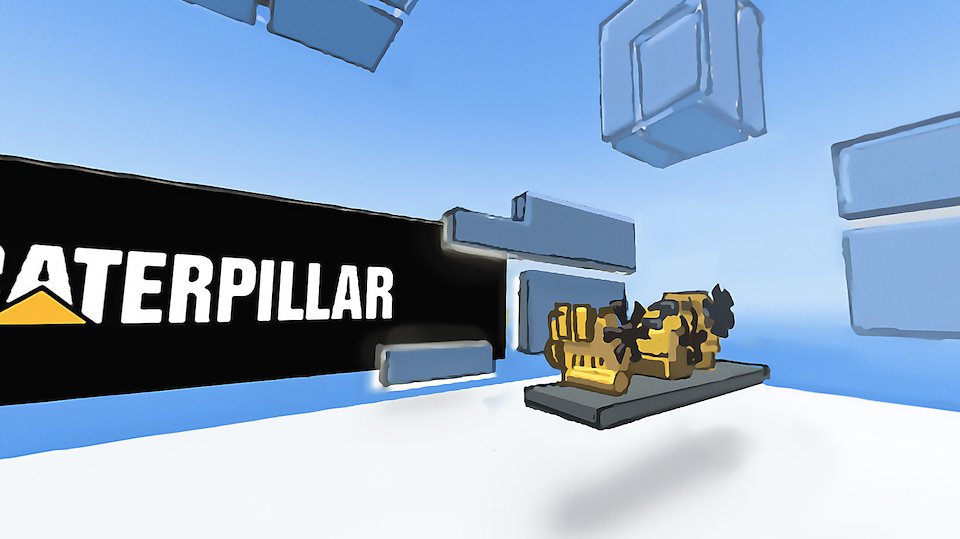
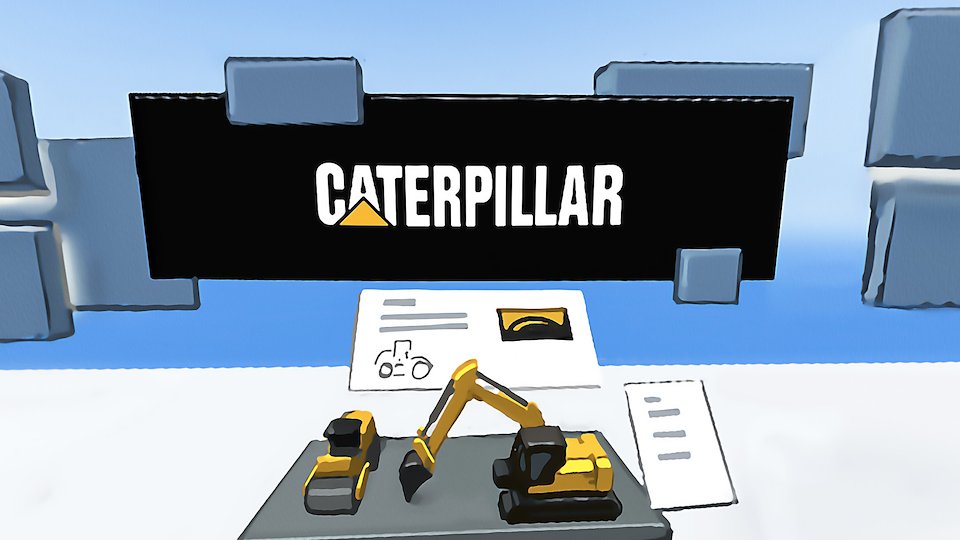
Style frames
We strove for a look that felt both clean and gamified. I created a number of style frames for our 3D artists indicating textures, rendering as well as VFX options.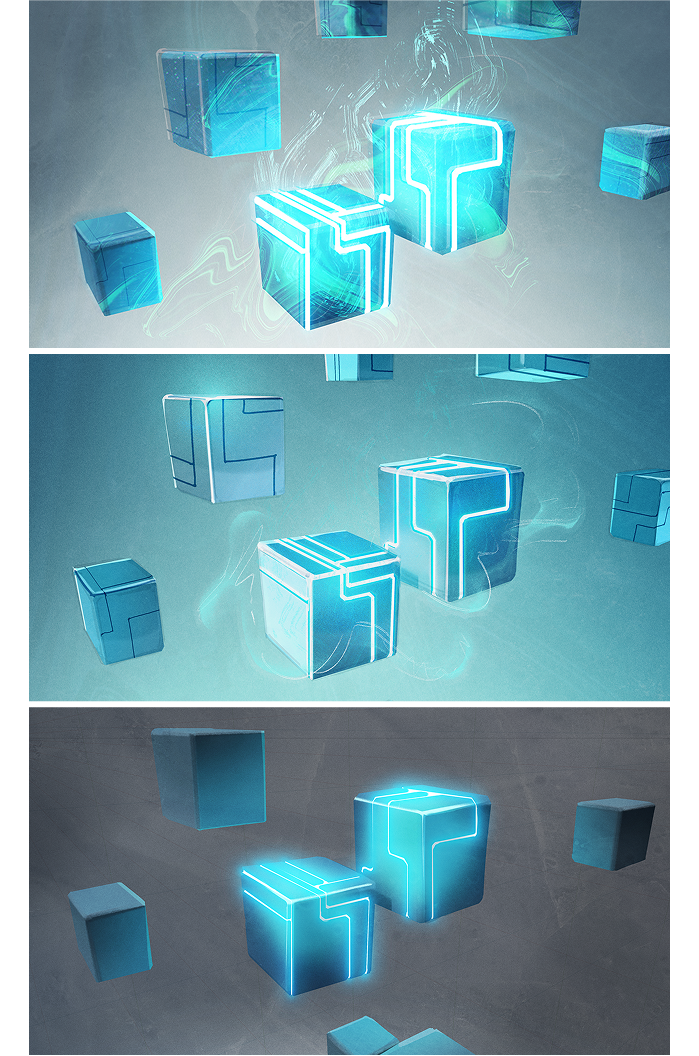
Above: Style frames